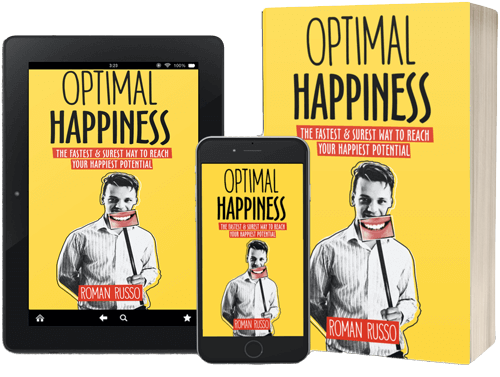
Someone recently asked me, “Can I come with you to a business conference you’re attending?” My answer was “No, you can’t,” which was rather direct and perhaps insensitive, maybe even mean, but it left no room for misinterpretation of what I wanted to say. Later, I elaborated on why I didn’t want this person to come with me, but first, it was important for me to provide a clear “yes” or “no” message.
This ties into another blog post where I state that people should engage in crucial conversations. These can be difficult to have, but as one idiom states, easy decisions make for a hard life, and hard decisions make for an easy life. Essentially, it all comes down to efficiency in communication—stating things as directly as possible to avoid vagueness and misunderstanding, while trying not to sound mean.
This isn’t a contradiction, as the emphasis should be on clear and direct communication first and managing how people feel second.
Here, it is worth noting that many people often fall into two extremes. On one side, we have people who try not to offend anyone and, in turn, beat around the bush, hoping that the other party can read their mind, while avoiding saying what they really want to say. Of course, this approach inevitably leads to a situation where a person completely misunderstands their intentions, not doing what the other party wants them to do. In turn, this leads to stress, anxiety, and frustration, and later, even more problems.
On the other hand, some people are overly direct and even intentionally harsh. They never take the time to consider other people’s emotions or explain the reasoning behind their decisions. They might say things like, “Do this and be quiet” or “Do it because I know better than you.” This approach can create stress and frustration and ultimately lead to inefficiencies. People may perceive the individual as mean or having a superiority complex. Others might question certain decisions, either failing to do what they are supposed to do or doing something differently because they don’t understand the purpose behind certain decisions. This can lead to unnecessary problems that could have been easily avoided.
In my example above, if I hadn’t said, “No, you can’t come,” this person might have gotten the wrong impression that they could still come to the conference if they just played around with what I said. A “no” means that there is nothing the person can do to come with me.
At the same time, I explained why I didn’t want them to come, leaving just enough room for someone to change my mind if they see a flaw in my reasoning. I am also being sensitive to addressing any emotions that might inadvertently arise from not being mindful and considerate of being too direct. In other words, “It has nothing to do with you personally but rather with some higher logic,” which people can still take personally and certainly still disagree with. However, at least our communication is more efficient.
Here, I’m reminded of yet another blog post I wrote called the Lozada Ratio, which states that for every 1 negative thing people say at work, they need to say at least 3 positive things to offset the negativity. This can be challenging, especially at work where communication is often predominantly negative, but it is still important to make this effort to create a truly happy environment.
Overall, the principles of being direct, being mindful of other people’s emotions, and engaging in crucial conversations are important not only at work but also in our personal lives. Therefore, it is essential to develop these skills in any context.
To learn more about personal happiness and happiness at work, continue reading this blog or contact us for an opportunity to have a happiness workshop at your company.
Stay happy!














